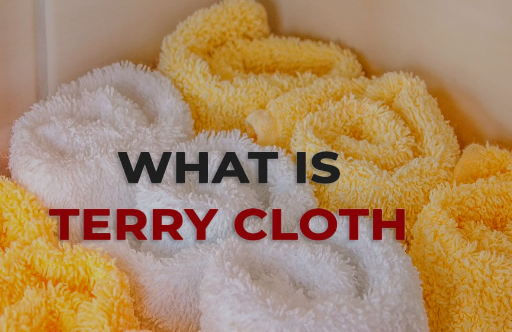Natural Rubber Textiles: Harnessing the Power of Latex

Natural rubber, derived from the latex sap of Hevea Brasiliense’s, has found its way into various industries, including textiles. This versatile material brings forth a myriad of qualities, making it a compelling choice for weaving into the fabric of fashion, industry, and innovation.
The Latex Extraction Process
Tapping into Latex Wealth
Natural rubber textiles begin with the meticulous process of tapping latex from rubber trees. Skilled tappers make incisions in the bark, allowing the milky latex to ooze out into containers. This sustainable method ensures a continuous supply of this valuable raw material.
Sustainable Sourcing: A Green Revolution
One of the key attractions of natural rubber textiles lies in their eco-friendly origins. Rubber trees absorb carbon dioxide, contributing to environmental sustainability. The cultivation of Hevea brasiliensis not only provides latex but also supports biodiversity, creating a harmonious relationship with the ecosystem.
Manufacturing Natural Rubber Textiles
Latex to Loom: The Journey Unraveled
Once harvested, latex undergoes a series of processes to transform it into a textile marvel. From coagulation to sheet formation, the manufacturing journey showcases the adaptability of natural rubber. The resulting sheets are then rolled, creating a base for weaving or knitting.
Weaving Wonders: Natural Rubber Fabric
The weaving process introduces innovation to tradition. Natural rubber yarns are intertwined with other fibers, creating a blend that combines the elasticity of rubber with the durability of traditional textiles. This weaving alchemy produces fabrics that are not only comfortable but also resilient.
Properties That Set Natural Rubber Textiles Apart
Elasticity Beyond Compare
The hallmark of natural rubber textiles is their unparalleled elasticity. This unique property ensures that the fabric stretches and recovers, providing comfort and freedom of movement. Whether in sportswear or everyday apparel, the elasticity of these textiles adapts to the wearer’s body, making them a sought-after choice.
Durability Redefined
Natural rubber textiles boast exceptional durability. The robust nature of rubber fibers enhances the lifespan of the fabric, making it resistant to wear and tear. This durability factor extends the usefulness of products, creating a sustainable and long-lasting alternative in the world of textiles.
Thermal Comfort: Embracing All Seasons
The breathability of natural rubber textiles is a revelation in achieving thermal comfort. These fabrics allow air circulation, preventing overheating in warm weather and providing insulation in colder climates. This adaptability makes natural rubber textiles suitable for a diverse range of climates and applications.
Applications Across Industries
Fashion Forward: Runways to Streets
The fashion industry has welcomed natural rubber textiles with open arms. Designers are drawn to the fabric’s versatility, creating avant-garde pieces that seamlessly blend style and functionality. From couture gowns to everyday wear, natural rubber textiles are leaving an indelible mark on the world of fashion.
Industrial Armor: Safety Reinvented
Beyond fashion, natural rubber textiles find application in industrial settings. The durability and resistance to chemicals make them ideal for crafting protective gear, ensuring the safety of workers in hazardous environments. From gloves to aprons, these textiles serve as a shield against the rigors of industrial work.
Medical Marvels: Healing Threads
The medical field benefits from the antimicrobial properties of natural rubber textiles. The fabric’s resistance to bacteria makes it an excellent choice for medical garments, contributing to a hygienic environment in hospitals. Additionally, the stretchability of the fabric enhances patient comfort in various medical applications.
Environmental Impacts and Sustainability
Closing the Loop: Recycling Rubber Textiles
Sustainability is at the forefront of the textile industry, and natural rubber textiles play a pivotal role. The recyclability of rubber fibers presents an opportunity to reduce environmental impact. Initiatives to recycle and repurpose these textiles contribute to the circular economy, minimizing waste and promoting a greener future.
Challenges and Innovations
While natural rubber textiles offer numerous benefits, challenges exist. Innovations in processing techniques and blending with other sustainable fibers address these challenges. Continuous research and development strive to enhance the overall sustainability and reduce the environmental footprint of natural rubber textiles.
Conclusion
Natural Rubber Textiles: A Symphony of Sustainability and Innovation
In conclusion, the journey from latex sap to woven fabric represents the symphony of sustainability and innovation that defines natural rubber textiles. From the tapping of rubber trees to the runway and industrial floors, the adaptability, durability, and eco-friendly nature of these textiles make them a compelling choice for a diverse range of applications. As the world shifts towards sustainable practices, natural rubber textiles stand as a testament to the harmonious coexistence of nature and industry, weaving a greener and more resilient future.




